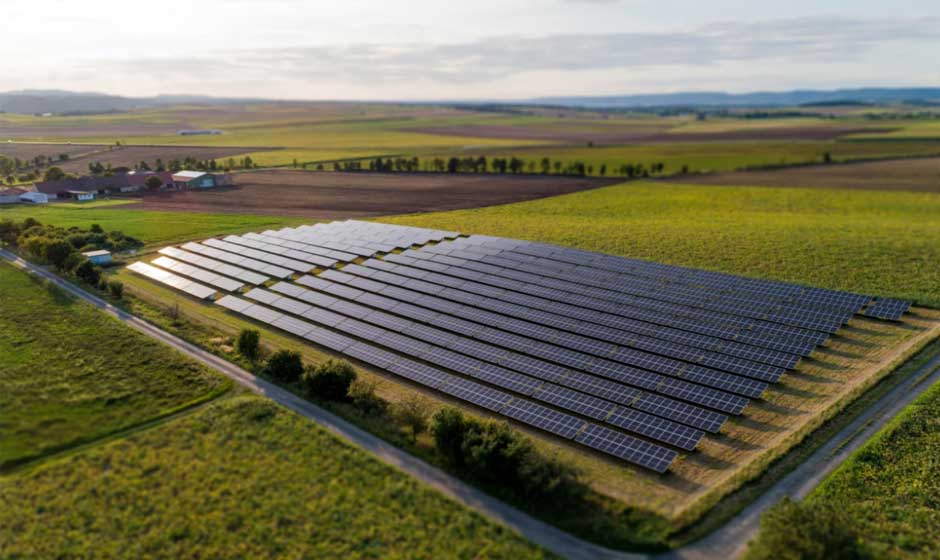Future-Proofing Rural Communities With Smart Solutions

Rural life has its charms, but it also comes with real challenges. A few include limited internet access, long drives to healthcare, aging infrastructure, and fewer job options across many communities.
The good news is that smart technology and sustainable practices can address these issues in practical ways. When small towns adopt these innovations, they’re solving problems while building safer neighborhoods, better connections, and new opportunities for everyone. The beauty of this approach is that it enhances what people already love about country living while fixing what needs improvement.
Tech Innovations Enhancing Safety and Accessibility
Remember when getting help in a rural emergency meant hoping someone would drive by? Those days are changing for public safety. Smart LED street lights that brighten when people are around make nighttime walks safer while saving on electricity bills. Community security cameras in key spots help sheriff departments respond faster when minutes count. And have you seen those emergency apps that work even with spotty cell service? They’re game-changers for people living miles from the nearest hospital.
Daily life gets easier too. Think about what public Wi-Fi zones in town centers mean for families who can’t afford home internet. No more sitting in the McDonald’s parking lot just to check emails! Online government portals save those hour-long drives to the county seat just to fill out a form. And for grandma with her bad knees? Helping rural patients access specialists through telehealth means no more painful trips to the city for a 15-minute appointment.
For our farmers and ranchers, technology offers practical tools that make sense, with farm management systems improving efficiency without requiring a computer science degree to operate. Such systems help family operations compete with big agricultural companies by tracking everything from seed to sale.
Sustainability Measures to Create Jobs and Improve Infrastructure
What if your town could create jobs while cutting energy costs? That’s exactly what happens with green energy projects: local economic benefits.
The solar industry, including companies like Hanro Solar, creates local jobs that can’t be outsourced, from installation crews to maintenance technicians. Your neighbor’s kid with a knack for electronics? She might find a career that keeps her in town instead of moving away for work.
Smart tech is a must-have for reducing waste, like those smart water meters that catch leaks before they waste thousands of gallons. Local recycling programs are good for the environment while creating steady jobs and keeping useful materials out of landfills.
You don’t need a huge budget to go green. Community solar gardens provide clean power to those who can’t put panels on their roofs, allowing those who can’t afford their own system critical access to power. When the next big storm knocks out power lines, these local energy sources keep the most critical services running.
The best green projects do double duty, saving money while creating something valuable. When communities plan these improvements together, they build systems that reflect local priorities rather than one-size-fits-all solutions from outside experts. Other than ensuring a brighter financial future, these kinds of exercises build critical community resilience to withstand any challenges the future might bring.
Bringing It All Together
How do you get started? First, gather your neighbors for an honest conversation about what your community needs most. Is it better internet? More affordable energy or safer streets? What about quality home insulation to slash heating and cooling costs? Which, by the way, helps the environment too.
Start small and build on success, which may be adding Wi-Fi to the library or switching one street to LED lights. Hold a workshop where people learn to reduce their home energy bills. Quick wins like these show skeptics that practical improvements are possible without huge investments.
Money matters, so look for grants designed specifically for rural communities. You’d be surprised how many programs are out there! Consider teaming up with neighboring towns to share costs, as a regional approach often attracts more funding than going it alone. Sometimes the county extension office or local college can help identify these opportunities.
Don’t forget your schools, which are natural hubs for community progress. Students can monitor local environmental conditions as class projects. Evening tech classes can help everyone from farmers to grandparents get comfortable with digital tools. When school facilities serve double duty as community centers, you maximize every tax dollar spent.
Final Thoughts
When rural communities mix smart technology with sustainable practices, they create places where people choose to stay. Streets become safer, services reach everyone, and green projects bring jobs that let people earn a living close to home.
The most successful towns don’t change everything overnight but take thoughtful steps that respect local values. Rural areas have natural advantages in this process: close community ties, space for renewable projects, and appealing costs of living that attract talent.


